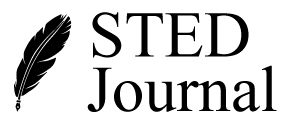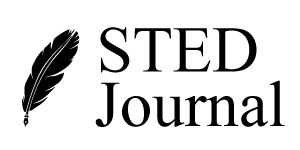This is an open access journal which means that all content is freely available without charge to the user or their institution. Users are allowed to read, download, copy, distribute, print, search, or link to the full texts of the articles in this journal without asking prior permission from the publisher or the author. This is in accordance with the BOAI definition of open access.
Open access has gained tremendous support from both authors, who appreciate the increased visibility of their work, as well as science institutions and funders, who value the societal impact of freely available research results.
Article Processing Charges (APC):
To cover the cost of publication, authors pay an article processing charge (APC) for manuscripts accepted after double-blind peer review. There are no fees for rejected articles, no submission charges, and no surcharges based on the length of an article, figures or supplementary data. The APC is payable when your manuscript is editorially accepted and before publication, is charged to either you, or your funder, institution or employer.
Publication fee is 100 euro.
What are the benefits of open access publishing?
Free availability thanks to unrestricted online access
Open access publications are freely available online to all researchers at all times, maximizing the visibility, and thus the uptake and use of the work published.
Authors retain copyright
The use of a Creative Commons License enables authors/editors to retain copyright to their work. Publications can be reused and redistributed as long as the original author is correctly attributed. Additionally, they should provide sufficient detail in their articles to allow others to reproduce their work. This includes providing clear descriptions of methods, data, and software used.
No space constraints
Publishing online means unlimited space for supplementary material including figures, extensive data and video footage.
Repository policy
Authors are allowed to deposit submitted version, accepted version, and published version of their work in an institutional or other repository of their choice without any embargo.
Citation tracking and inclusion in bibliographic databases
Open access journals are tracked for impact factors and are deposited into bibliographic databases and institutional repositories without any embargo period just as traditional journals.
Reproducing Published Material from other Publishers
It is absolutely essential that authors obtain permission to reproduce any published material (figures, schemes, tables or any extract of a text) which does not fall into the public domain, or for which they do not hold the copyright. Permission should be requested by the authors from the copyright holder (usually the Publisher, please refer to the imprint of the individual publications to identify the copyright holder).
Permission is required for:
Your own works published by other Publishers and for which you did not retain copyright. Substantial extracts from anyone’s works or a series of works. Use of Tables, Graphs, Charts, Schemes and Artworks if they are unaltered or slightly modified. Photographs for which you do not hold copyright.
Permission is not required for:
Reconstruction of your own table with data already published elsewhere. Please notice that in this case you must cite the source of the data in the form of either “Data from…” or “Adapted from…”. Reasonably short quotes are considered fair use and therefore do not require permission. Graphs, Charts, Schemes and Artworks that are completely redrawn by the authors and significantly changed beyond recognition do not require permission.
Obtaining Permission
In order to avoid unnecessary delays in the publication process, you should start obtaining permissions as early as possible. If in any doubt about the copyright, apply for permission. University PIM cannot publish material from other publications without permission. The copyright holder may give you instructions on the form of acknowledgement to be followed; otherwise follow the style: “Reproduced with permission from [author], [book/journal title]; published by [publisher], [year].’ at the end of the caption of the Table, Figure or Scheme.
All articles are licenced via Creative Commons CC BY-NC-ND 4.0 licence.

